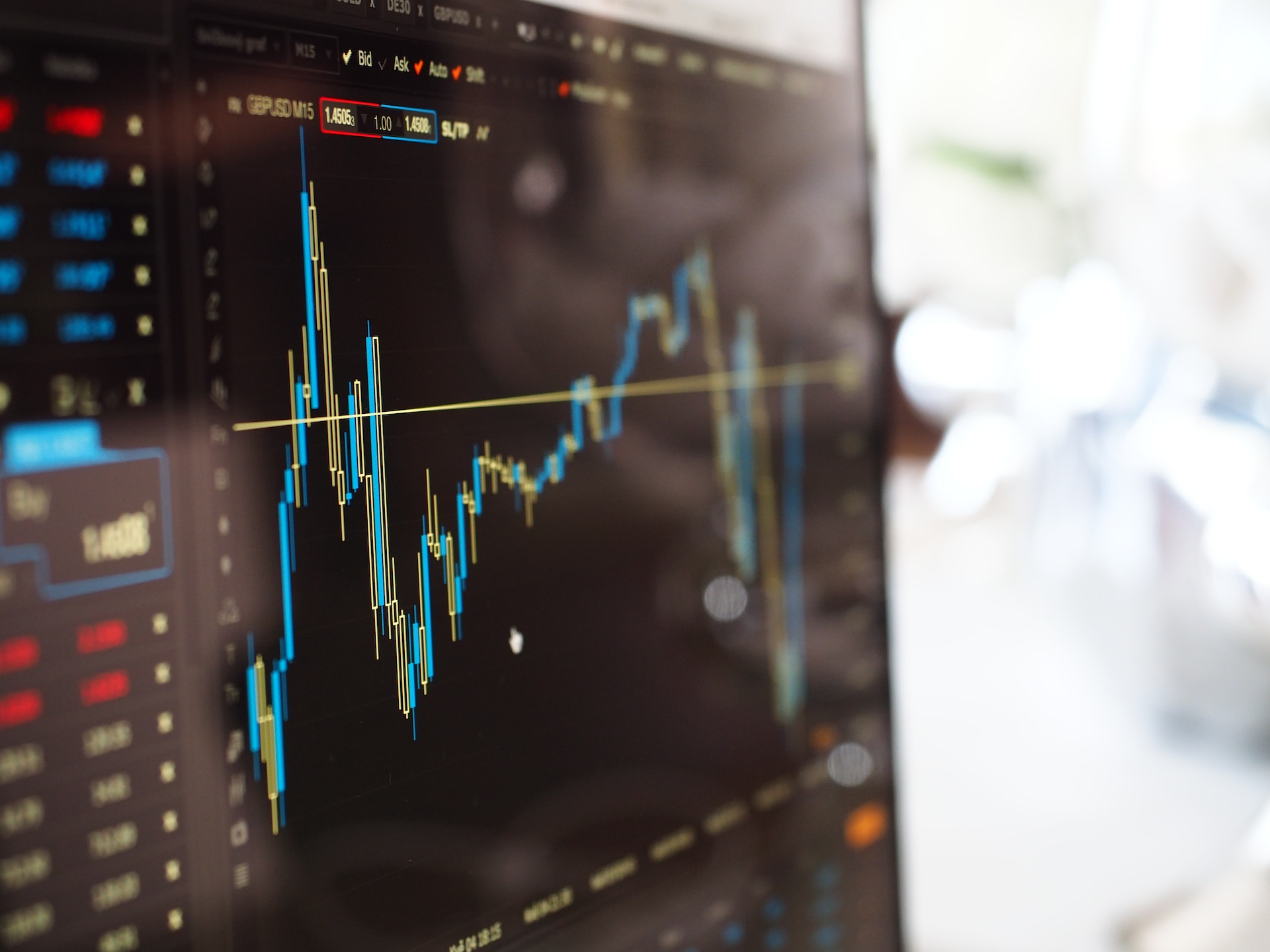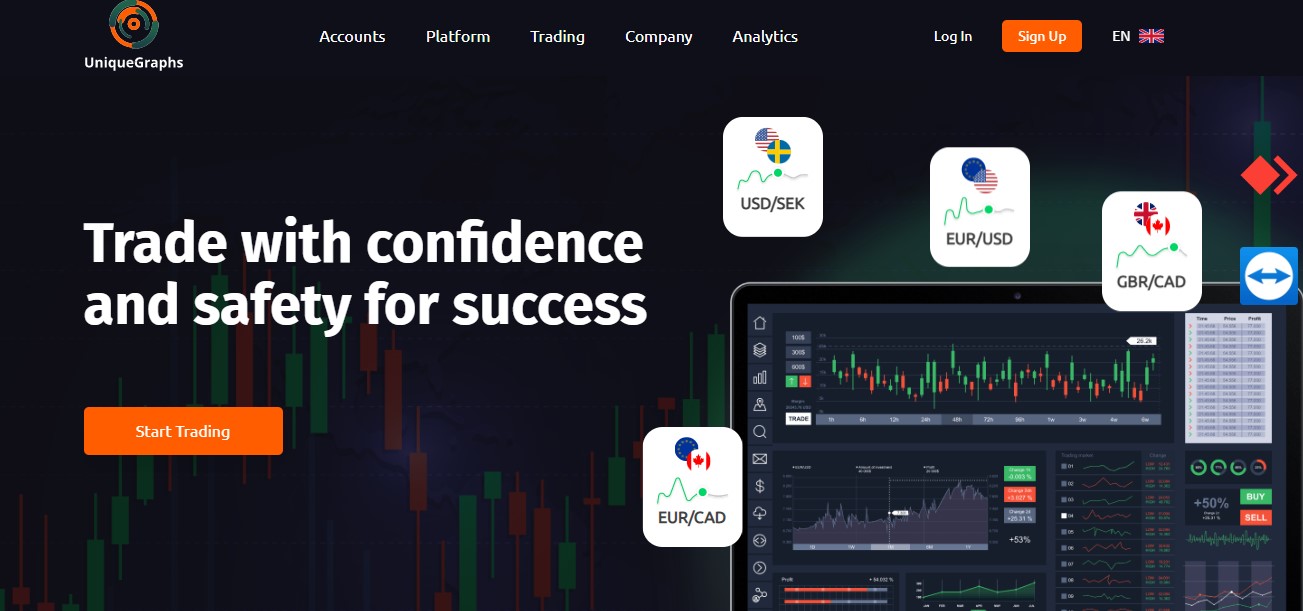Are you new to forex trading and looking for basic but profitable trading strategies? There are basic forex trading strategies for beginners that actually work. Each one is simple to grasp and great for anyone honing their talents. You’ll be able to confidently make basic transactions if you take the time to learn these principles. Even better, you’ve put yourself up to experiment with more complicated trading tactics in the future.
Momentum Trading
Momentum trading and momentum indicators are based on the premise that strong price moves in one direction are a solid indicator that a price trend will continue in that way for a while. Likewise, weaker movements suggest that a trend has lost momentum and may be about to reverse. To track these high prices in one direction, it’s a helpful idea to turn on Telegram to MT4 free copier to receive the relevant signals for trading. Momentum methods may consider both price and volume, and they frequently employ visual analytical tools such as oscillators and candlestick charts.
Moving average crossover
Moving average (MA) is a simple technical analysis tool that smooths out price data by calculating an average price that is constantly updated. That average can be taken over a variety of time periods, such as 20 minutes, three days, 30 weeks, or any other time period selected by the trader. Moving average methods are popular because they can be adapted to any time frame, making them suitable for long-term investors and short-term traders.
A moving average is commonly used to assess trend direction and support and resistance levels. Technical traders often get a trading signal when asset prices cross above their moving averages.
Breakout Trading
Breakout trading is one of the most basic forex trading strategies, making it an excellent alternative for novices. Let’s define the term “breakout” before understanding how it works. Simply put, a “breakout” is any price movement outside a designated support or resistance zone. Breakouts can occur when prices rise over resistance levels, referred to as “bullish” breakout patterns. They can also occur when prices fall below support levels, characterized as a “bearish” breakout pattern. Breakout trading is essential since breakouts frequently signal the beginning of heightened market volatility. We may use volatility to our advantage by waiting for a price level to break and then joining a new trend as it begins. The purpose of breakout trades is to enter the market when the price makes a breakout move and then ride the trade until volatility subsides.
However, when should you enter the market?
Some forex experts recommend diving when a support or resistance level is breached. Others advise waiting only long enough to guarantee that the breakout signals an actual up or down trend.
Carry Trade
Carry trade is an FX trading in which dealers seek to profit from interest rate differentials across countries. It is crucial to highlight that, while famous, it can be dangerous. This approach works because currencies purchased and kept overnight pay the interbank interest rate to a trader (of the country where the currency was bought). A carry trader “borrows from” a low-interest-rate currency to fund the purchase of a higher-interest-rate currency. A trader employing this approach seeks to profit from the difference in interest rates, which can be substantial depending on the level of leverage employed.
Fundamental Analysis
Fundamental analysts examine a country’s economic fundamentals to determine if a currency is cheap or overvalued. They also use the data to forecast how the currency’s value will change in the future about another currency. Fundamental analysis can be complex since it involves many aspects of a country’s economic data that can predict future trade and investment trends. It can be simplified by focusing on a few key indicators. Retail sales, GDP, industrial production, CPI, inflation, purchasing managers index data, housing statistics, and other indicators can all impact a country’s economy and currency.
















